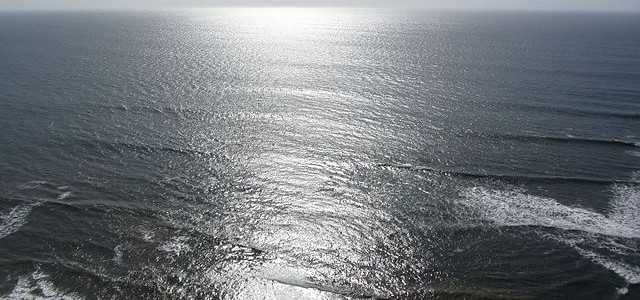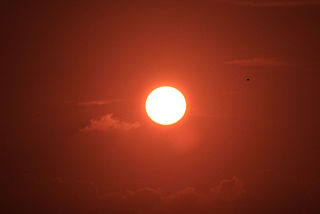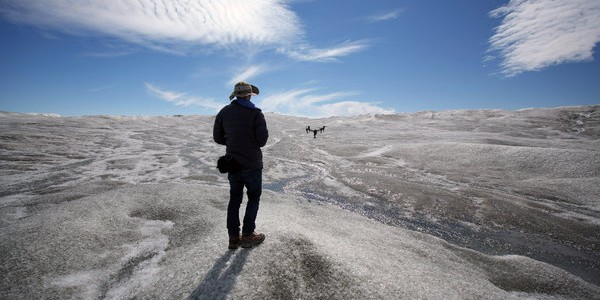Climate science
-

Many media stories have focused on either climate change or El Niño as an explanation for why the North Pacific Ocean is so warm this year. Yesterday this blog discussed one of the consequences of the warm water–the record-setting tropical season in the Pacific Ocean this year, which has far surpassed previous seasons in the…
-

Did you know that the Southeast experiences a second peak in severe weather in late fall? While the biggest newsmaker is the spring severe weather season, there are a significant number of tornadoes that occur around November, particularly in the southern parts of the country. Weather Underground produced a story on November tornadoes today, including…
-

Up in Michigan, where I was born, thinking about snow in November is a regular occurrence. Here in the Southeast, snow does not usually hit until much later, if ever. The Daily Mail just published a NOAA map of the median date of first measurable snowfall with a link to an interactive version that…
-

NOAA’s National Centers for Environmental Information published a new article this week on the historical comparisons between the current strong El Niño and previous ones. You can read it at https://www.ncdc.noaa.gov/monitoring-references/dyk/elnino-2015-2016. The article displays the difference between each of the historical El Niño years so you can see the year to year variation in where…
-

Dr. Marshall Shepherd of UGA has a new post on his blog at Forbes.com about some unusual facts about rain. Whether it is raining or not at your location, you might enjoy reading it. You can find it at https://www.forbes.com/sites/marshallshepherd/2015/11/02/4-odd-facts-about-rain/.
-

Jeff Masters reported on the Weather Underground blog yesterday that a new global record high temperature for October was recorded on October 27 in South Africa. The temperature of 119 °F was observed at Vredendal and is the third highest temperature ever observed in South Africa. Masters says, “The new global October heat record was made…
-

The New York Times published some spectacular pictures of the ice melting in Greenland this summer which were taken by a drone. You can see these images at https://www.nytimes.com/2015/10/28/insider/a-drones-vantage-point-of-a-melting-greenland.html?_r=0 and read more about how the video was taken at the Huffington Post here. If you are interested in why the melting of the Greenland ice sheet is…